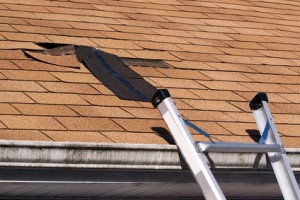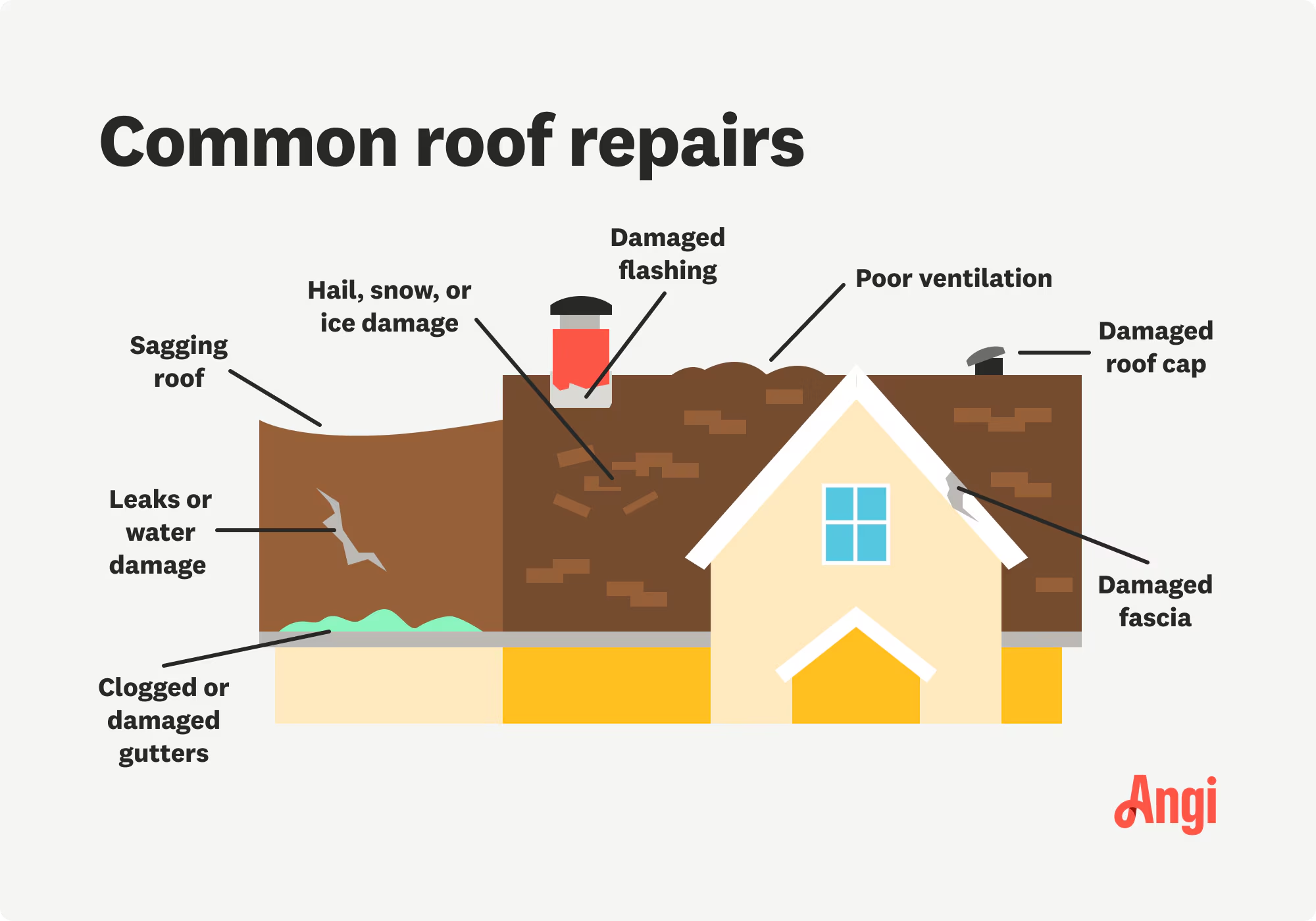Roofing Companies Oahu: Top-Rated Roofers for All Roofing Projects
Roofing Companies Oahu: Top-Rated Roofers for All Roofing Projects
Blog Article
Understanding the Different Kinds Of Roofs: A Comprehensive Overview for Homeowners
With a range of choices-- ranging from the traditional gable to the modern flat-- each kind offers special advantages and difficulties that should line up with the house owner's specific needs and environmental considerations. As we check out the ins and outs of various roofing system types, it becomes apparent that one dimension does not fit all; the best selection might stun you.
Saddleback Roof
Saddleback roofs, identified by their triangular form, are among one of the most popular roof styles as a result of their simpleness and efficiency in shedding water and snow. This style features 2 sloping sides that fulfill at a ridge, permitting efficient water drainage and reducing the risk of water build-up. The high pitch frequently connected with gable roofs improves their capacity to deal with heavy rainfall, making them suitable for numerous environments.
In addition to their functional benefits, saddleback roofs provide aesthetic convenience. They can be adjusted to various architectural designs, from traditional to modern-day homes. The layout can likewise suit added features such as dormer windows, which boost all-natural light and air flow in the attic area.
Additionally, saddleback roofs offer enough area for insulation, adding to power performance. Home owners can pick from a variety of roof covering products, consisting of asphalt roof shingles, metal, and floor tiles, further enhancing modification options.
Regardless of their advantages, gable roof coverings may require extra assistance in areas susceptible to high winds or heavy snowfall. Overall, the gable roofing system remains a popular option due to its mix of performance, resilience, and aesthetic appeal.
Flat Roofs
Level roofings are commonly identified for their minimalist design and sensible applications, specifically in industrial and commercial setups (oahu roofing). These roofings feature a straight or nearly straight surface area, which permits simple building and flexible room application. While they may lack the aesthetic allure of angled roofs, level roofs offer many benefits, particularly in urban atmospheres where making the most of space is vital
Among the main benefits of level roofs is their accessibility. Property owners can use the roofing system area for various purposes, such as roof gardens, terraces, or photovoltaic panel installations. Additionally, flat roof coverings are generally more cost-effective to set up and keep contrasted to their sloped counterparts, as they require less products and labor.
Common materials utilized for flat roofing systems consist of built-up roof (BUR), changed asphalt, and single-ply membrane layers, each offering distinct advantages. On the whole, level roofings serve as a adaptable and practical selection for many house owners and organizations alike.
Hip Roofings
Hip roof coverings are identified by their sloped sides that converge at the top, developing a ridge. This style is distinctive from saddleback roofs, as all 4 sides of a hip roofing system incline downwards toward the walls, giving an extra steady structure. The angle of the inclines can differ, enabling for flexibility in architectural aesthetics and functionality.
One of the key advantages of hip roofing systems is their ability to hold up against heavy winds and adverse climate condition. The sloped surfaces make it possible for much better water drain, reducing the danger of leaks and water damage. In addition, hip roofings offer boosted attic area, roofers oahu which can be made use of for storage space or even converted into comfortable areas.
Nonetheless, building a hip roofing can be much more expensive and complex than easier roof kinds, such as gable roofs. The extra product and labor associated with developing the inclines and making certain proper architectural stability can lead to higher expenditures. In spite of these downsides, several homeowners prefer hip roofings for their durability, visual appeal, and capacity for power performance.
Mansard Roofings
Mansard roofing systems, commonly recognized by their one-of-a-kind four-sided layout, feature 2 inclines on each side, with the lower incline being steeper than the upper. This architectural style, originating from France in the 17th century, is not just cosmetically appealing however functional, as it takes full advantage of the useful room in the top floors of a structure. The steep lower slope enables for more clearance, making it an optimal option for attics or loft spaces, which can be exchanged living rooms.
Mansard roofing systems are defined find more information by their adaptability, suiting numerous building designs, from conventional to modern. They can be constructed with various materials, including asphalt roof shingles, slate, or metal, supplying home owners with an array of alternatives to match their choices and spending plans. In addition, the layout permits the integration of dormer windows, enhancing all-natural light and air flow in the upper degrees.
Nonetheless, it is vital to think about the possible drawbacks. Mansard roof coverings might require even more upkeep because of the intricacy of their style, and their steep slopes can be testing for snow and rain overflow. On the whole, mansard roofs incorporate sophistication with functionality, making them a preferred selection among home owners looking for distinctive building features.
Dropped Roof Coverings
As house owners progressively look for simpleness and functionality in their architectural designs, dropped roof coverings have emerged as a preferred option. Defined by a solitary sloping airplane, a shed roof provides a minimalist aesthetic that matches various home designs, from contemporary to rustic.
One of the key advantages of a shed roofing is its simple building and construction, which typically translates to lower labor and product prices. This layout allows for effective water drain, lowering the risk of leaks and water damage. Furthermore, the vertical incline offers adequate area for skylights, boosting all-natural light within the interior.
Dropped roofing systems likewise use versatility in regards to usage. They can be efficiently integrated into additions, garages, or outside frameworks like pavilions and sheds. In addition, this roofing system style can accommodate different roof materials, including metal, asphalt shingles, or even environment-friendly roofings, straightening with environment-friendly efforts.
Nevertheless, it is necessary to think about regional environment problems, as heavy snow lots might require adjustments to the roof's angle or framework. Overall, shed roofing systems offer a sensible and visually pleasing option for property owners wanting to take full advantage of performance without endangering style.
Conclusion


Gable roofing systems, identified by their triangular form, are amongst the most popular roof designs due to their simpleness and effectiveness in shedding water and snow. oahu roofing. The steep pitch frequently connected with gable roofing systems boosts their ability to deal with hefty rainfall, making them ideal for numerous environments
While they may lack the visual appeal of pitched roofing systems, level roofs provide countless benefits, especially in urban atmospheres where making the most of area is crucial.

Report this page